
The relationship that living things in an ecosystem have with one another is vital in keeping habitats and our planet as a whole healthy and happy. Rich biodiversity means that food webs are often harder to damage by factors like climate change.
Save Or Destroy The Ecosystem
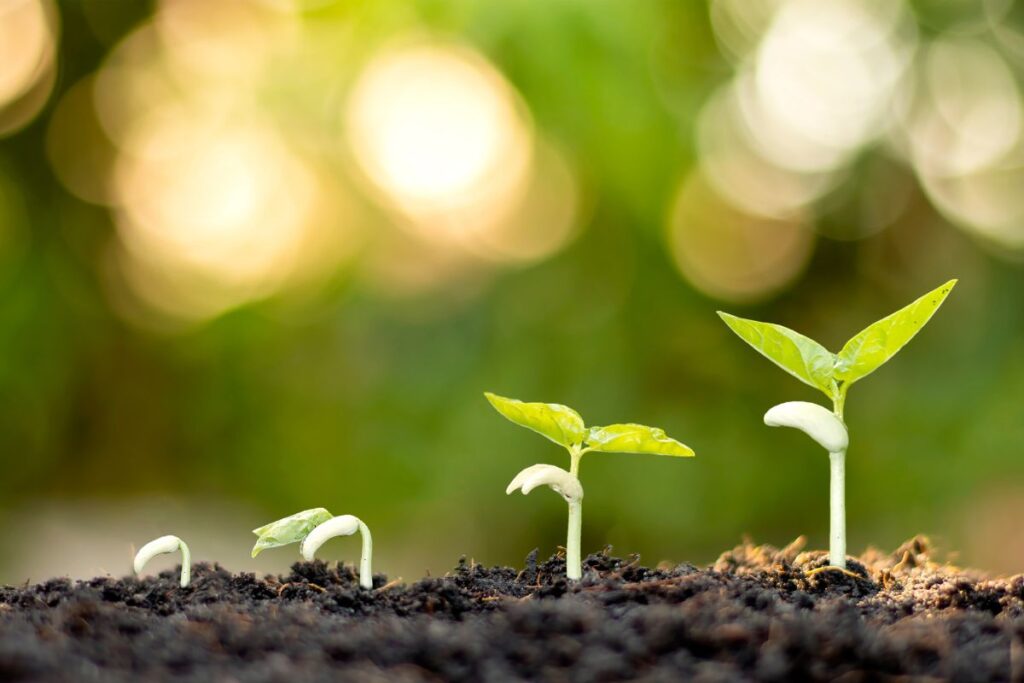
The apex predators in a food web normally have the biggest influence on the whole system, which often means that they can save or destroy an ecosystem.
As climate change affects various ecosystems in various ways, we’ve only just noticed how some animals, like wolves, are dampening the effect that climate change is having on their ecosystems.
Shifting Temperatures
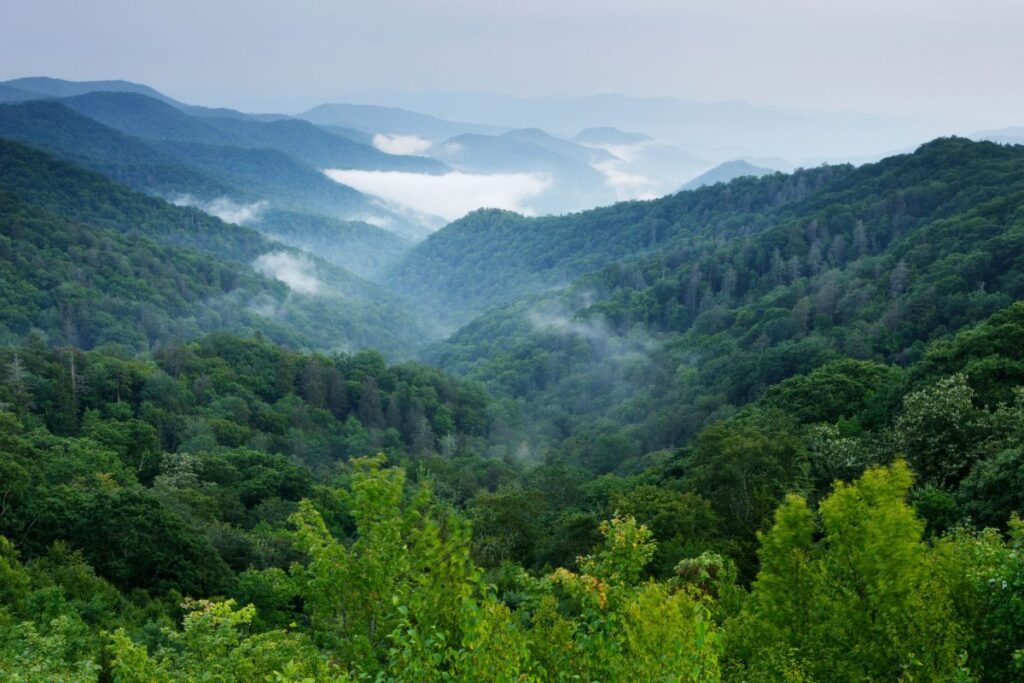
To understand the role the wolf plays in helping against climate change, we need to understand how many ecosystems worldwide are being affected by the shifting in temperatures over time.
Many animals in ecosystems rely on winter carrion. Animal carcasses freeze in the winter snow, meaning they can sit for much longer before decomposing. This means that scavengers have many more options.
Coming Early

Scavengers like hawks and foxes have more food available when the carcasses aren’t rapidly decomposing as they do in summer. However, climate change has impacted this greatly. The winter thaw is coming earlier than it used to spell trouble for the ecosystem.
Releasing More Carbon

With the winters getting hotter, ice and snow have started to thaw sooner. Ice frozen for thousands of years is melting for the first time, releasing more carbon into the atmosphere and exacerbating the warming.
A Big Impact On Carbon Emissions
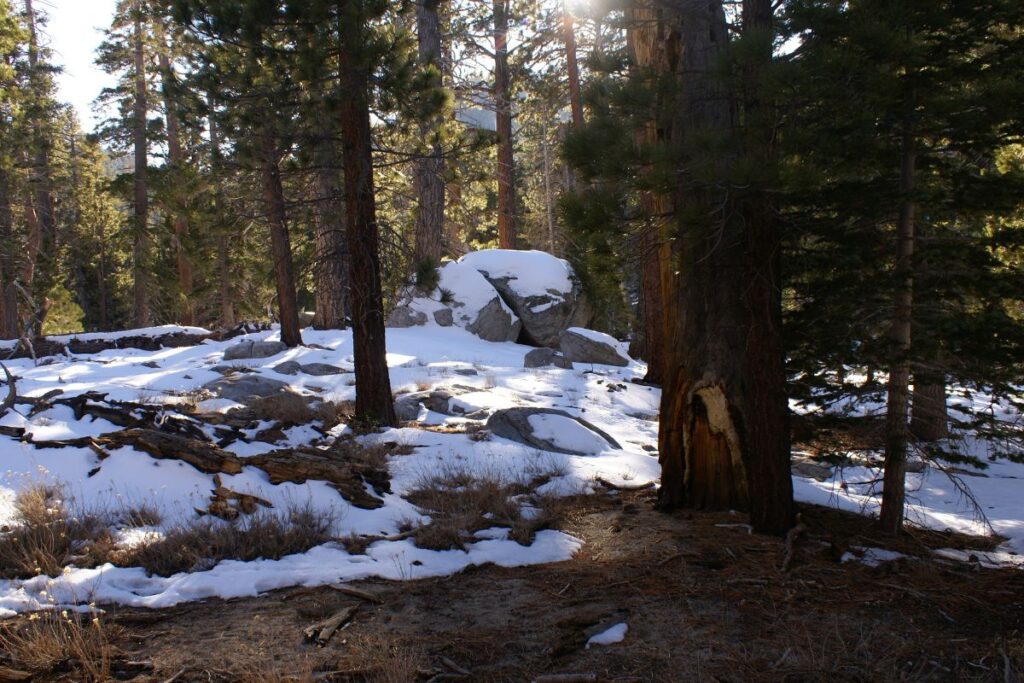
One group of wolves in Canada’s boreal forest has been observed to have a big impact on carbon emissions. Wolves in boreal forests are said to undo the effect of about 33-71 million cars annually.
Controlling The Population
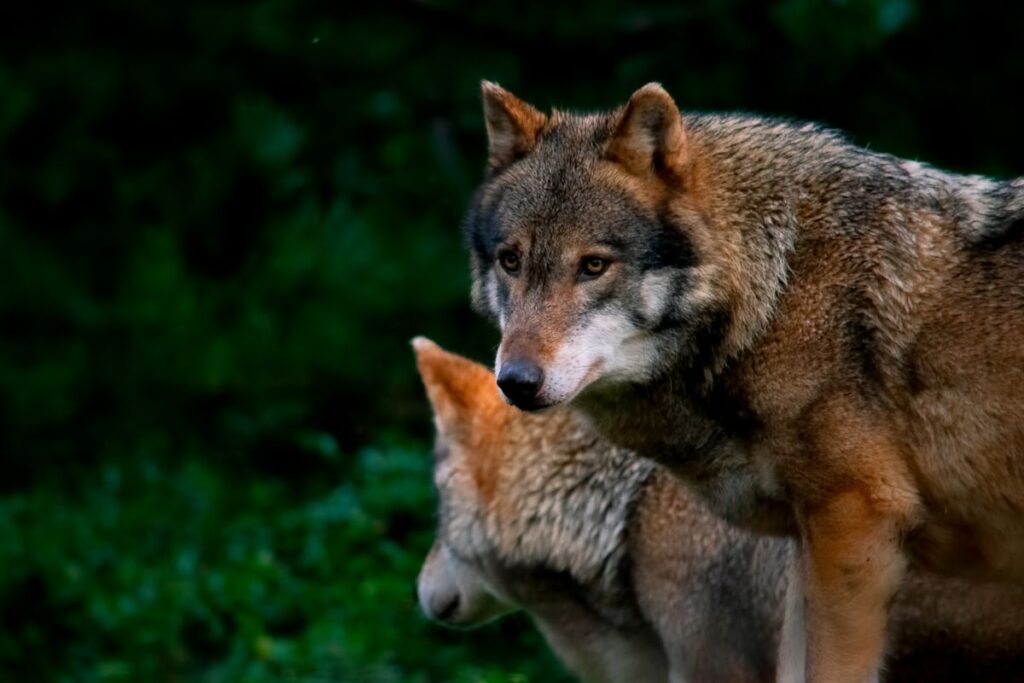
Because the wolves in the boreal forest control the local population of grazers like moose, they limit the amount of forage that would otherwise get out of control.
If the wolves weren’t there, herbivore populations would rise, and saplings and other plants would be reduced, which means forests would create less oxygen and carbon storage.
A Delicate Balance

The balance of food webs is very delicate, and while wolves controlling the herbivore population in one environment is good, it would be bad in another.
An example is in grasslands, where elk do their part against climate change by fertilizing the soil with their droppings. This helps the grasslands store more carbon. If wolves hunted more elk, the impact on climate change would be negative.
Nature Is Complex
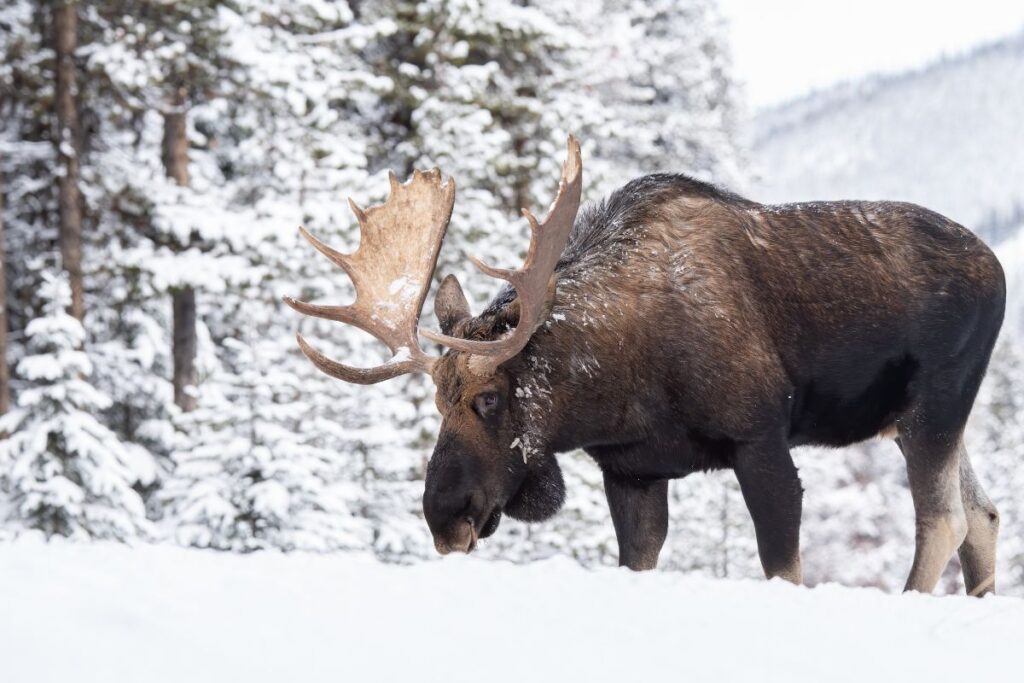
A biology lecturer at the University of Sussex – Christopher Sandom – says, “Research has shown that nature is a complex set of interlocking processes that may not give you the expected outcome. Rewilding cannot be seen as a panacea. We must not simply think that nature can suck all the carbon up and not adopt measures across the board to reduce man-made emissions.”
Dependent on Each Other

Trees in many biomes depend on animals for pollination and seed dispersal, and the growth of trees and plants depends on wolves and other apex predators controlling the local grazing population.
Source:
Wildebeest and wolves: The secret weapons against climate change
Stay connected with us for more stories like this! Follow us to get the latest updates or hit the Follow button at the top of this article, and let us know what you think by leaving your feedback below. We’d love to hear from you!







